In this new and fast growing field of light therapy, its easy for even a sophisticated consumer of cutting edge skin care products to become quickly confused. This blog is intended to demystify the light therapy world and provide a resource for those who wish to better understand how to treat their acne and skincare needs. Today's post will cover the various "jargon" that will help you comprehend what exactly a particular company is talking about when describing their device. Please email us if you have any questions, or post a comment if we missed one!

PDT - Photodynamic therapy, or another way of saying using specific wavelengths of light to treat certain skin conditions. In most cases PDT also involves the use of Levulan (aminolevulanic acid) to greatly enhance the effectiveness of a treatment. This is solely done under the supervision of a doctor.
LLLT - Low level light therapy, the acronym used by the scientific community to describe all manner of light therapy options. These include applications for pain management, wound healing, anti-aging, and skin treatments.
Photofacial - A high intensity light therapy treatment, usually performed at a dermatologist office or medical spa, that attempts to remove discolored spots, wrinkles, or redness from the face, chest, or body of a customer. Can also be spelled fotofacial.

Nm - Nanometers, or how the wavelength of the light spectrum is measured. The human eye can detect light in the 390nm to 750nm range. Any light below 400nm is considered UV, or ultraviolet, and light above 800nm is considered IR, or infrared.
Blue Light Therapy - A specialized form of light therapy that singles out light in the 405-420nm wavelength range. This small spectrum of light has been proven to kill acne causing bacteria.
To further explore the topic of light therapy, let's delve into some additional aspects, particularly the use of blue light and red light in dermatology and their benefits for various skin conditions.
Blue Light Therapy for Acne and Skin Lesions
Blue light therapy has become a widely used treatment option for individuals with mild to moderate acne. This treatment focuses on the 405-420nm wavelength range, which has been found to be effective in killing Propionibacterium acnes, the bacteria responsible for acne outbreaks. Studies have shown that exposure to blue light can lead to a significant reduction in acne, especially for patients who have struggled with traditional treatments. Moreover, blue light therapy can help prevent the formation of new lesions by reducing the skin's oil production and unclogging pores.
Aside from acne, blue light therapy is also employed in the treatment of precancerous skin conditions such as actinic keratoses. These lesions, which often appear as rough patches on sun-exposed skin, are considered precursors to skin cancer. The targeted use of blue light in these cases can effectively reduce or eliminate the lesions, helping patients avoid more invasive procedures. Combining blue light with photodynamic therapy (PDT) further increases its effectiveness by sensitizing the skin to light exposure, which leads to more thorough treatment of the damaged tissue.
Red Light Therapy for Skin Health
While blue light therapy is typically used for acne and bacterial infections, red light therapy targets the deeper layers of the skin to address issues like inflammation, skin texture, and the overall appearance of skin health. Red light operates at a wavelength between 620-750nm, penetrating deeper into the skin to stimulate collagen production, which helps in reducing wrinkles, fine lines, and other signs of aging. Red light therapy is highly beneficial for those looking to achieve younger-looking skin without resorting to more aggressive treatments.
Red light therapy is also known for its ability to treat actinic keratoses, but its primary benefit lies in promoting healing of damaged skin. People with sensitive skin who are undergoing other treatments, such as chemical peels or laser therapy, often find that red light therapy helps soothe the skin and reduce recovery time. Furthermore, it has been shown to enhance the overall health of the skin by improving circulation and encouraging the growth of new, healthy skin cells.
The Effectiveness of Combined Red and Blue Light Therapy
Recent advancements in light therapy devices have led to the development of gadgets that combine both blue and red light to provide a more comprehensive skin treatment. For individuals with moderate acne or damaged skin, this combination works synergistically to address both the surface-level bacteria and deeper skin health issues. Research has found that blue light effectively kills bacteria, while red light reduces inflammation, leading to a noticeable improvement in skin appearance after several weeks of treatment.
However, it is essential to be mindful of the side effects of blue light therapy. While generally safe, blue light can make the skin very sensitive to light, increasing the risk of sunburn if patients do not take adequate precautions, such as wearing sunscreen. Additionally, long-term exposure to blue light without protection may lead to skin damage or even increase the risk of developing skin cancer.
Light Therapy and Skin Cancer Prevention
One of the most significant benefits of light therapy lies in its potential to help prevent skin cancer. In treating actinic keratoses, which are often referred to as precancerous skin lesions, blue light therapy plays a crucial role in removing these potentially dangerous growths before they develop into cancer. Early detection and treatment of actinic keratoses with blue light therapy can drastically reduce a patient's chances of progressing to squamous cell carcinoma, a common form of skin cancer.
While blue light therapy may not prevent all forms of skin cancer, it represents a non-invasive option for targeting precancerous cells. Dermatologists often recommend light therapy as part of a broader skin health regimen that includes regular sunscreen use and monitoring for new or unusual skin changes.
Long-Term Side Effects of Light Therapy
Although generally safe, both red and blue light therapies have potential long-term side effects. Some individuals may become sensitive to blue light, leading to irritation, redness, or swelling after exposure. Repeated exposure to blue light without proper skin protection could also lead to premature aging, hyperpigmentation, or an increased risk of skin cancer over time. Red light therapy, on the other hand, is less likely to cause immediate adverse effects but may cause mild discomfort or skin dryness in some users.
It is crucial to consult with a dermatologist before starting any light therapy treatment to ensure that it is suitable for your skin type and to discuss any potential risks or side effects.
In conclusion, blue and red light therapies offer promising treatment options for various skin conditions, including acne, precancerous lesions, and signs of aging. While light therapy can be an effective and non-invasive treatment option, it is essential to use it carefully and under professional supervision to avoid long-term skin damage.
Key Takeaways:
- Blue light therapy is effective for treating mild to moderate acne and precancerous skin lesions, such as actinic keratoses.
- Red light therapy improves skin texture, reduces inflammation, and promotes younger-looking skin.
- Combining blue and red light offers a comprehensive approach to treating acne and skin health issues.
- Patients undergoing light therapy should be cautious of potential side effects, including sensitivity to light and long-term skin damage.
- Consult a dermatologist to determine if light therapy is appropriate for your skin condition and to discuss any associated risks.

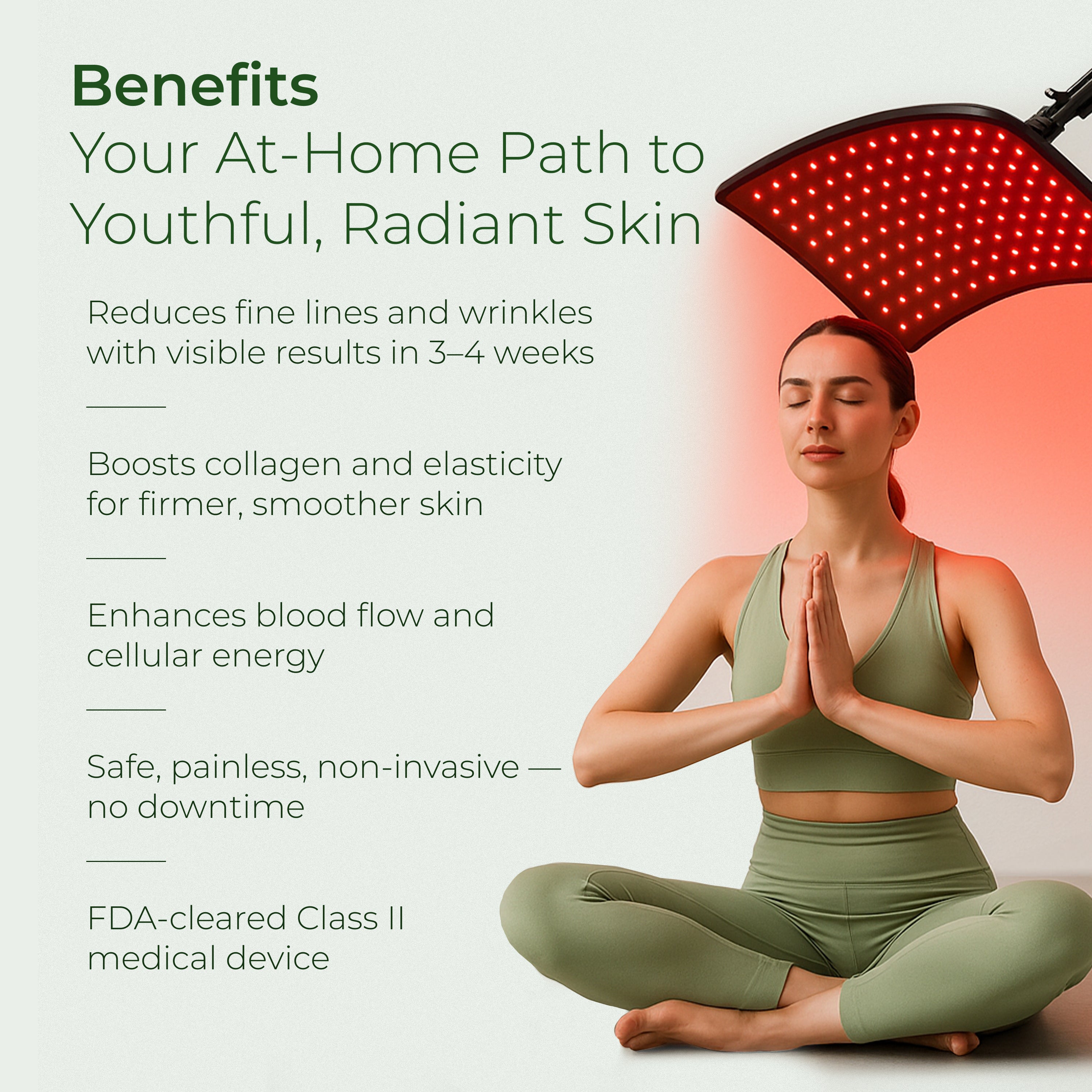
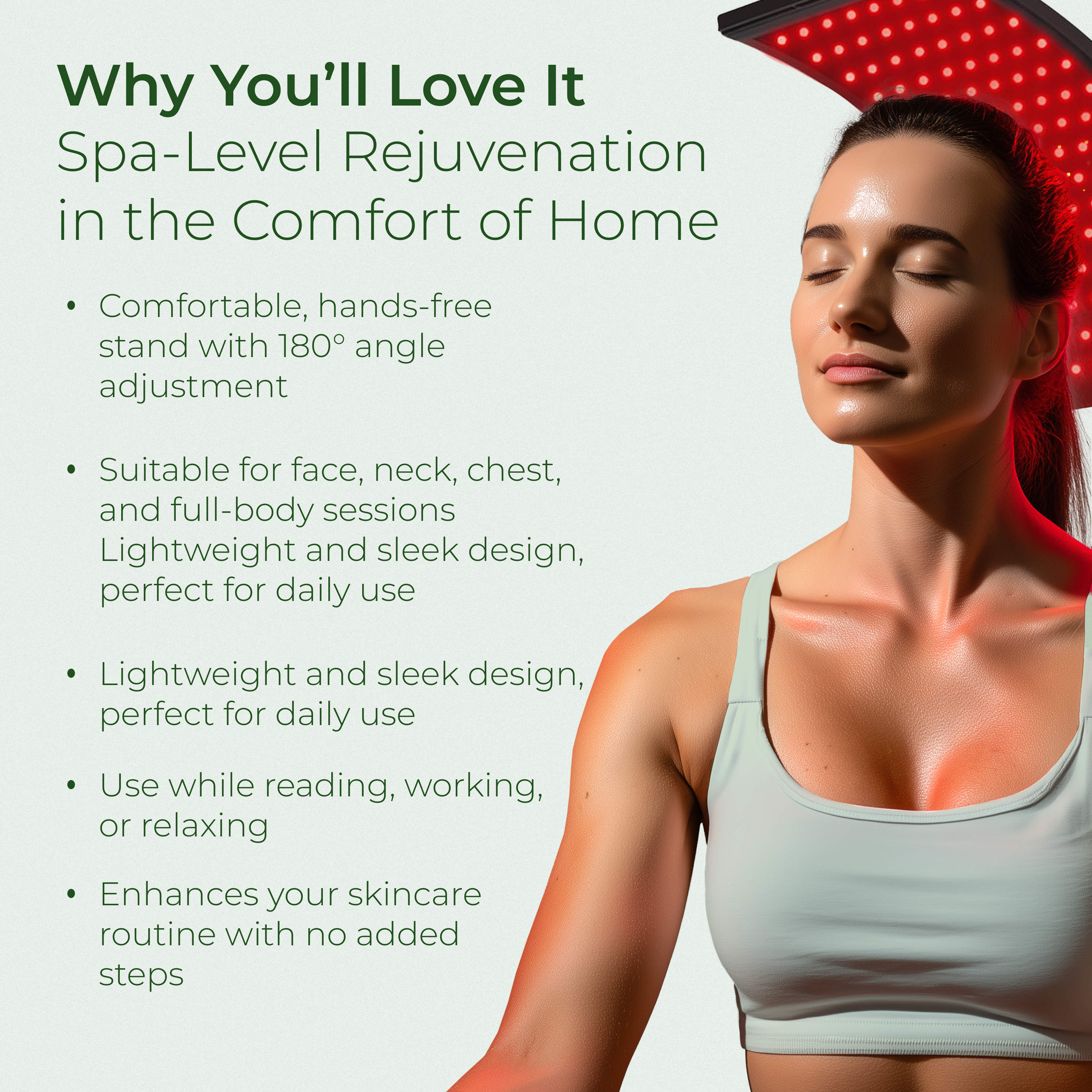
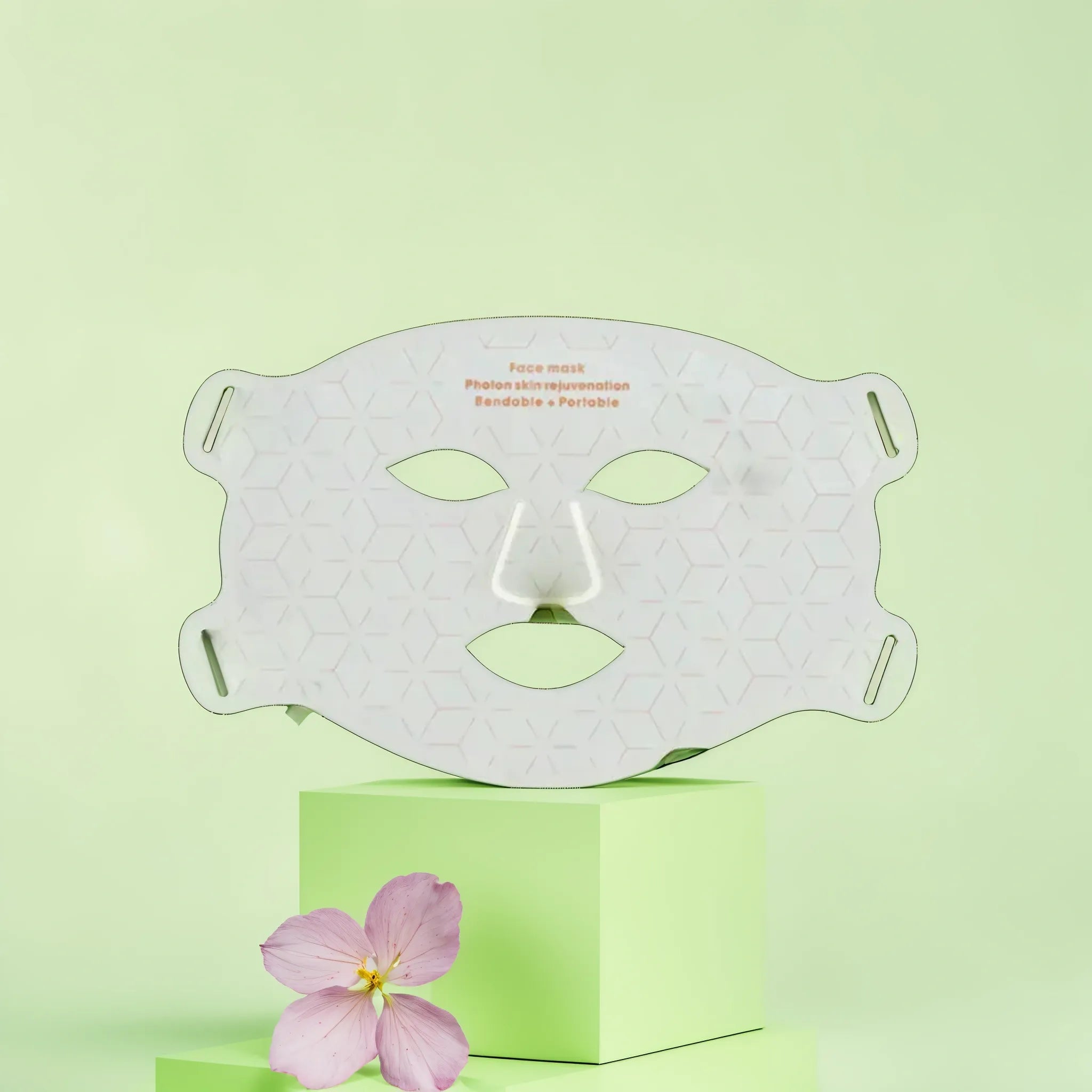
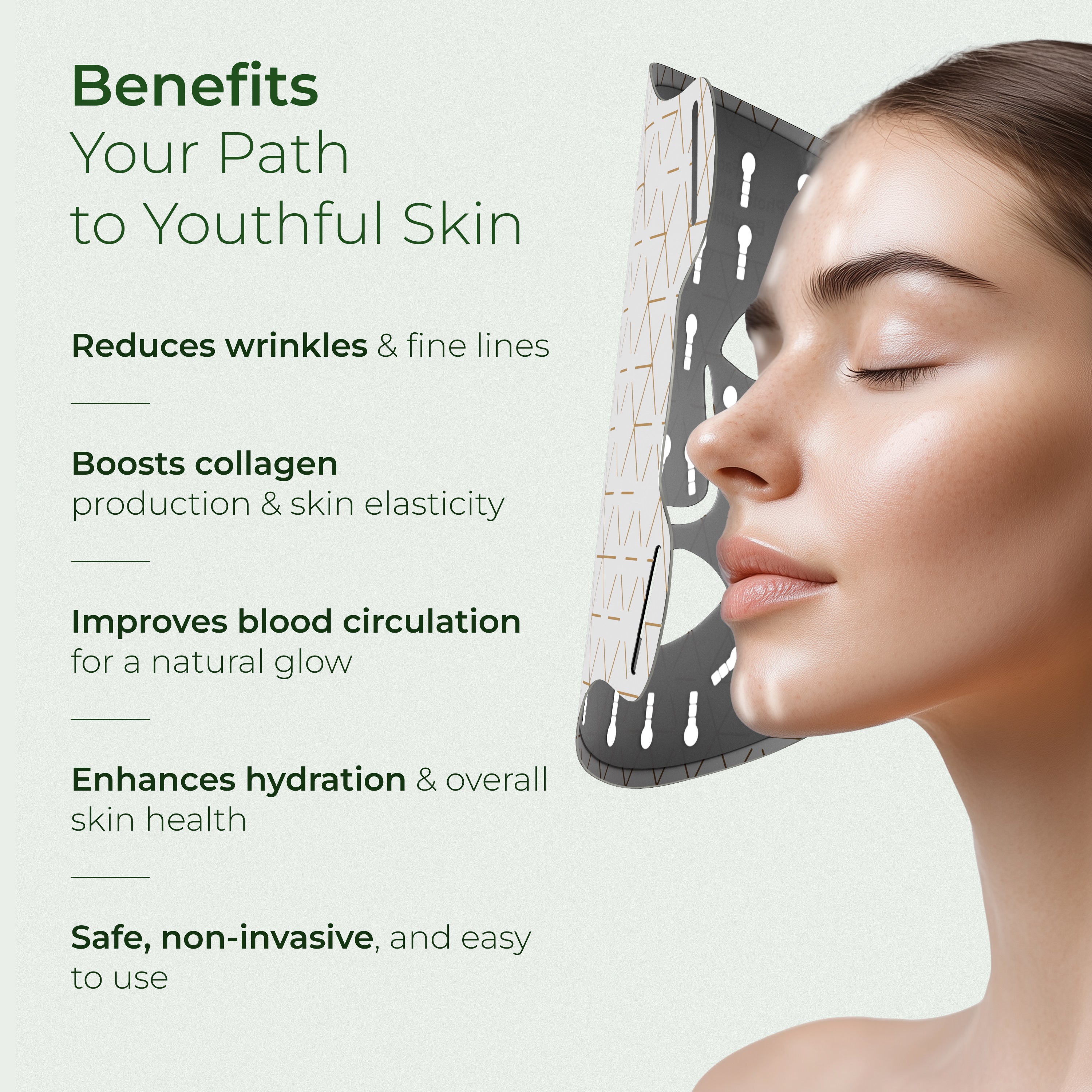


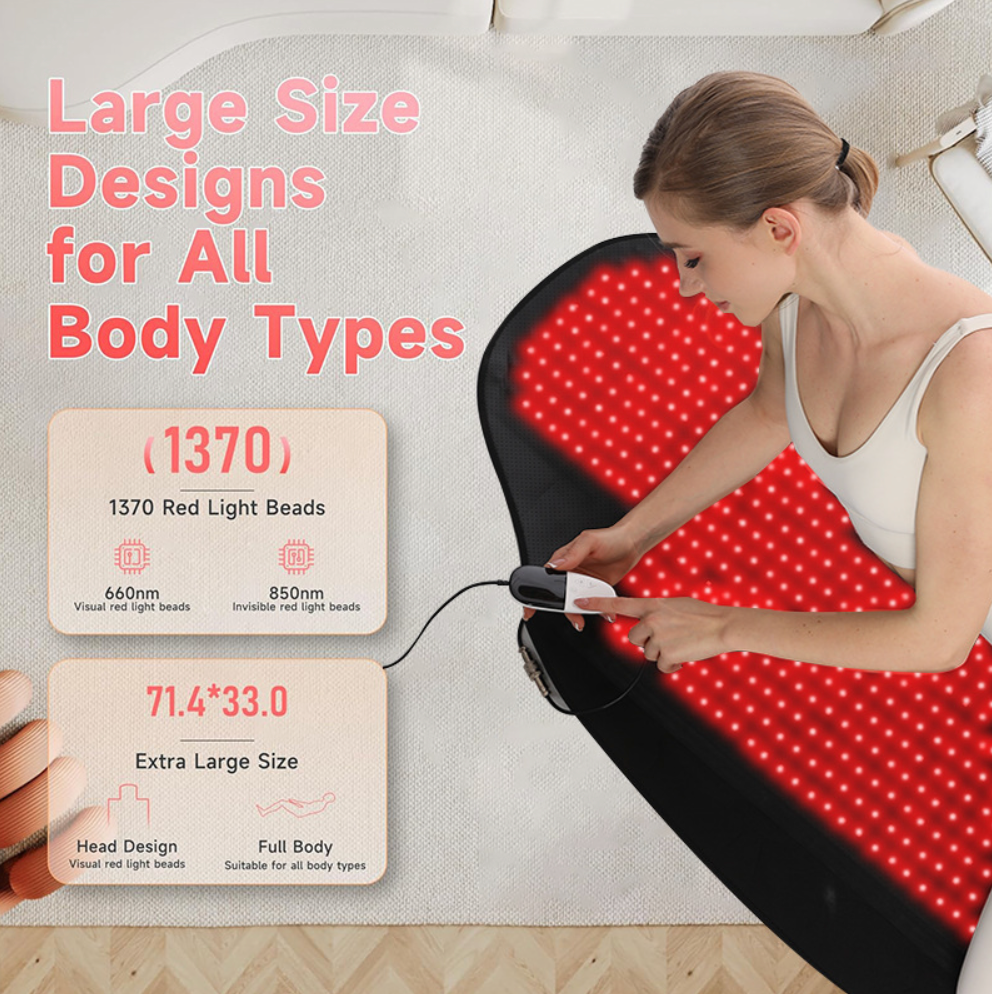
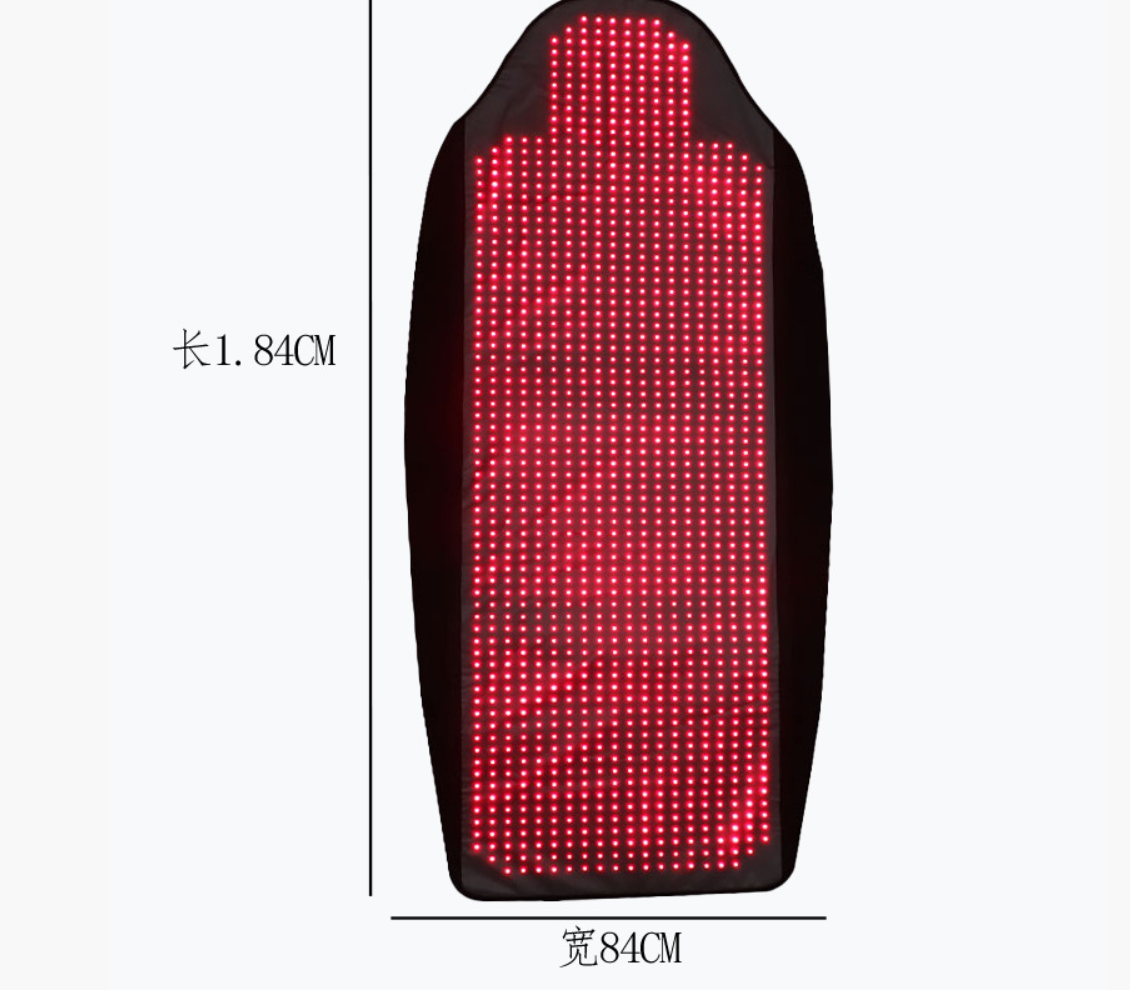

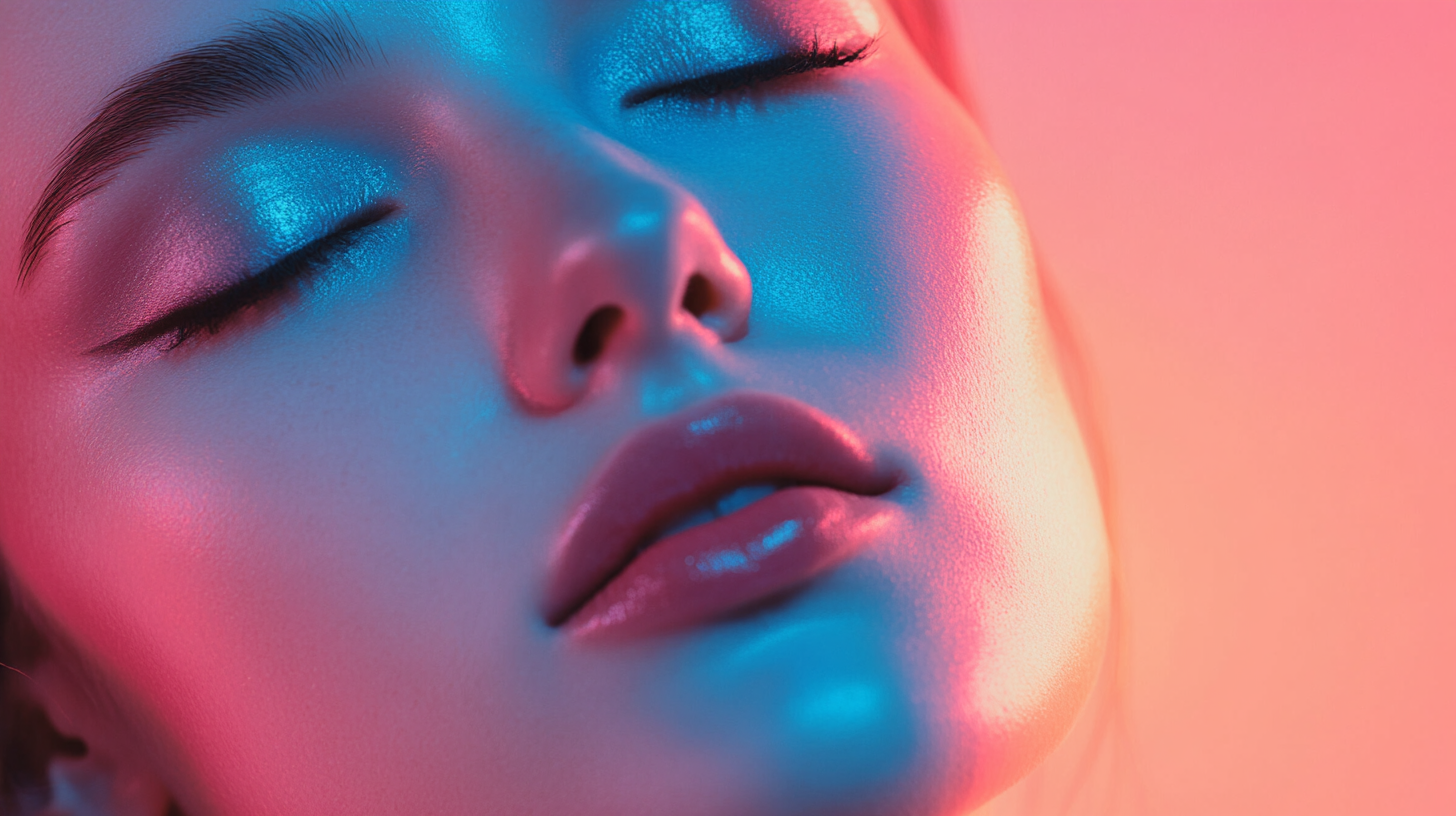
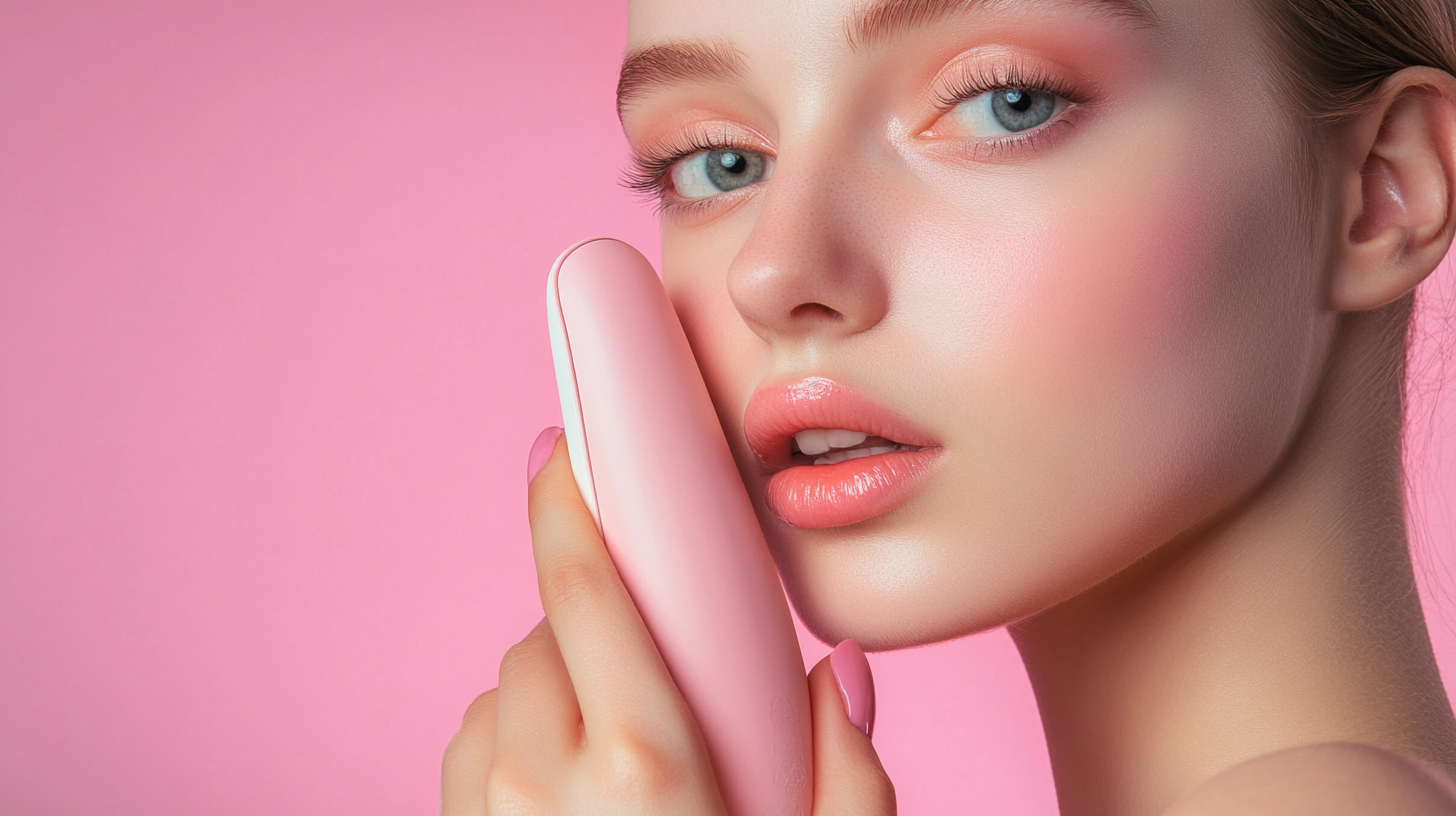
Leave a comment
This site is protected by hCaptcha and the hCaptcha Privacy Policy and Terms of Service apply.